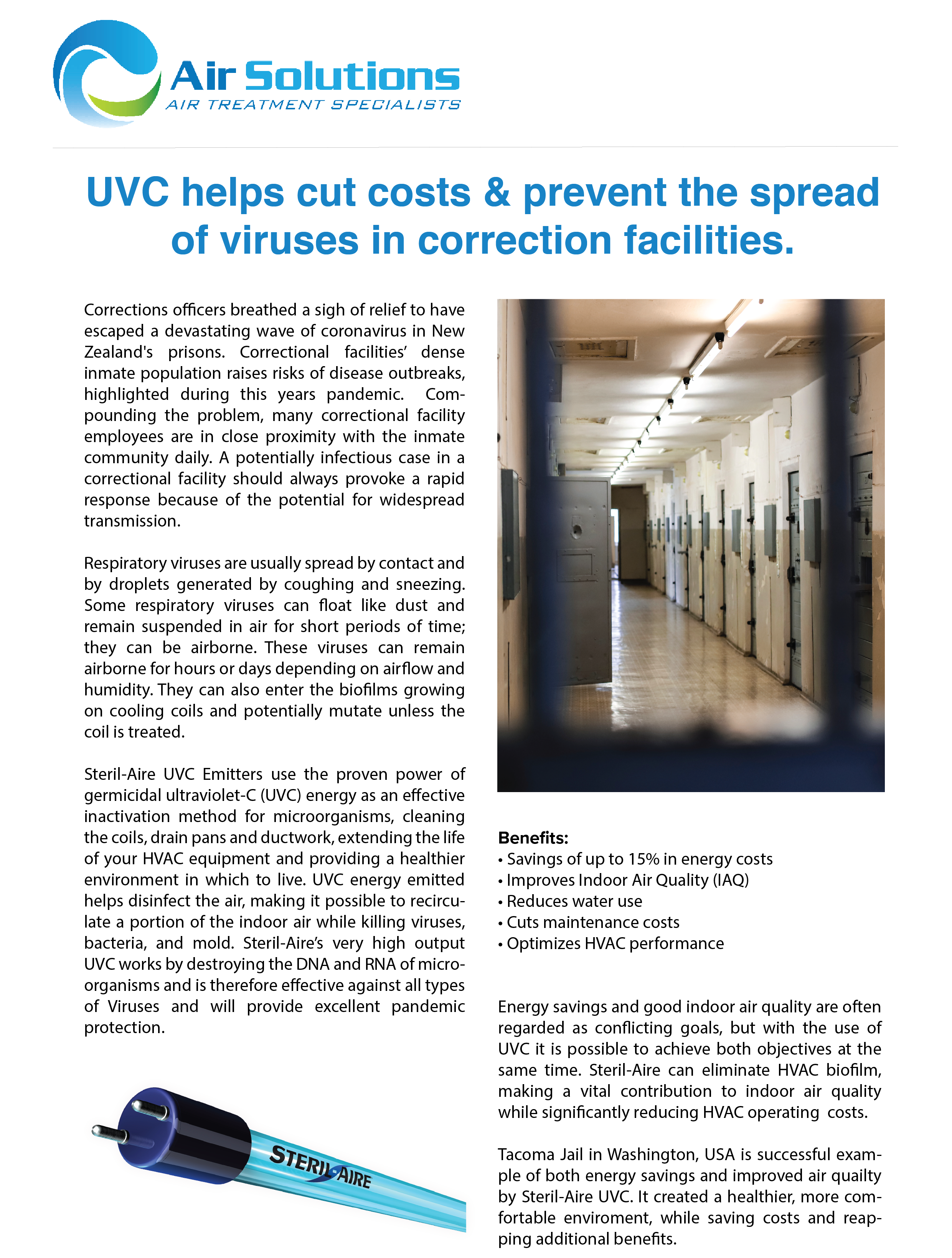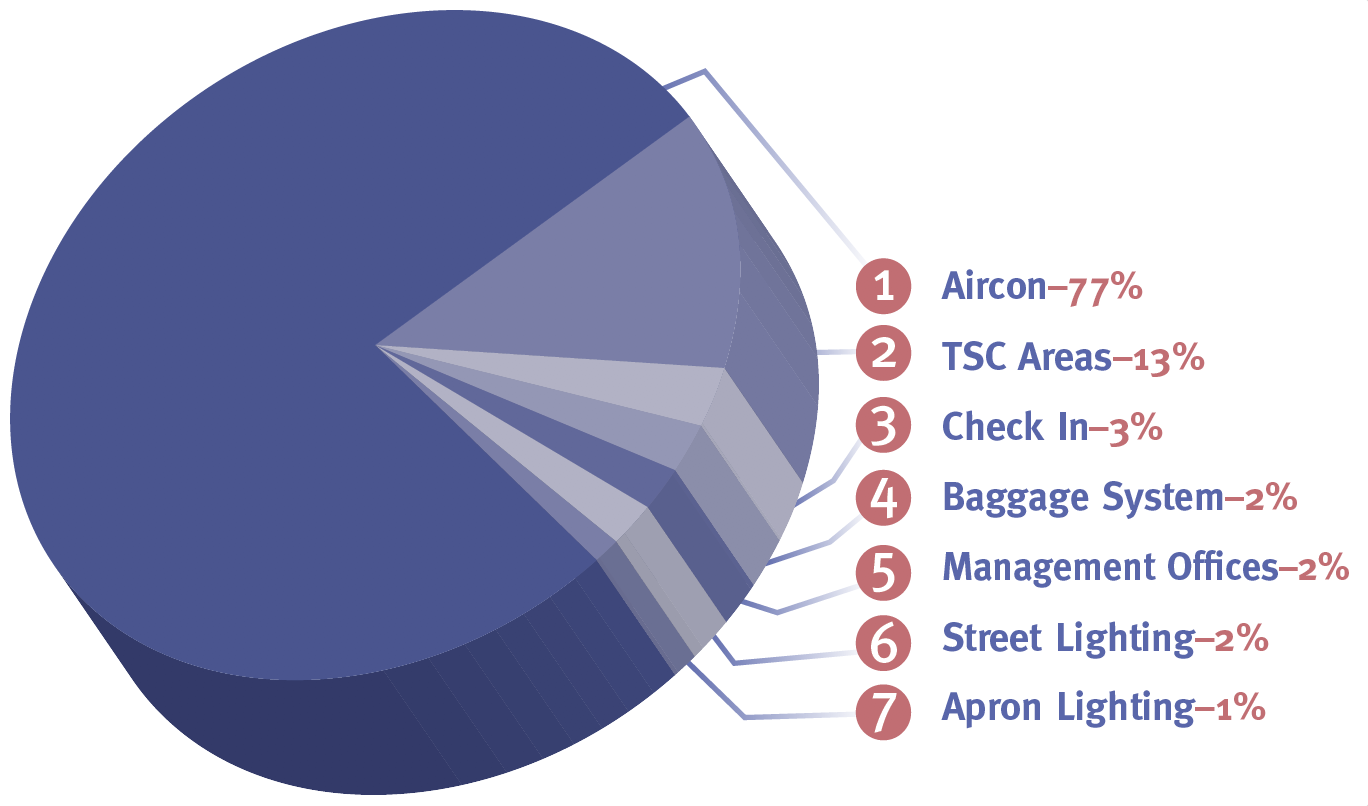Indoor air pollution may be more dangerous than outdoor air.
When it comes to air pollution we restrict our minds to vehicle emissions, smog, factories and fires, all pollutants that happen outdoor. We find it difficult to believe that the air we breathe indoor can be harmful to our health.
Portable and free-standing gas heaters (called 'unflued' gas heaters) release air pollutants – including oxides of nitrogen and carbon dioxide – and moisture inside your house, increasing illness from air pollution, and encouraging growth of mould.
Domestic fires and wood burners are an important source of indoor and outdoor air pollution. Wood burners heated 33 percent of North Island homes and 47 percent of South Island homes, according to the last available data, however, burning wood as a heat source has declined over time. Open fires and old wood burners might look great, but they’re not good for you.
The pandemic caused us to spend more time indoors, spurring many of us to cook and clean. Two activities that are known to increase our exposure to volatile chemicals. Volatile chemicals are emitted from conventional cleaning products, fragrances, poor ventilation or faulty architecture and all contribute to poor indoor air quality.
All these factors can in time lead to a broad range of health issues, both short-term and long-term. Short-term ailments include eye, skin and throat irritation, fatigue, headache, and muscle pain. While long-term chronic effects such as respiratory malfunctions, heart disease and lung cancer can be linked to air quality.
Sterile-Zone uses real science to create pure air that will keep you, your family or your workers breathing easier. Its three-stage purification destroys allergens and pollutants to bring a new level of air cleaning.
A report summary on biological testing concluded:
Virus testing using a bacterial surrogate virus:
Average reduction of 99.32% with maximum reduction at low speed of 99.995%
Bacteria testing with a very resistant bacterial spore simulating anthrax:
Average reduction of 99.98% at all speeds
Bacteria testing with a vegetative cell Pseudomonas:
Average reduction of 99.99% at all speeds
Mould testing with 2 different moulds that grow and are disseminated from HVAC:
Average reduction of 99.98% at all speeds.
Testing with a very resistant mould spore Aspergillus niger:
Average reduction of 97.01% with maximum reduction at low speed of 99.95%
Steril-Zone is brought to you by Air Solutions, the leader in UVC technology. It is ideal for residential rooms, offices, community centres, waiting rooms, hotel rooms, apartments, condos, day care and senior facilities. Steril-Zone promises clean air for the spaces where you live, work and play. Find more information here: https://www.air-solutions.co.nz/steril-zone
Steril-Aire's effective technology prevents the spread of Coronavirus
Steril-Aire UVC systems are very effective against the spread of viruses and will provide excellent pandemic protection.
2020 has highlighted our vulnerability, and eliminating the threat of future pandemics is an essential priority. Steril-Aire’s very high output UVC works by destroying the DNA and RNA of microorganisms and is therefore effective against all types of viruses including Flu’s, Colds, Corona Virus/SARS, Measles and German Measles.
The droplet nuclei for these viruses can remain airborne for hours or days depending on airflow and humidity (Virus micro-organism size is typically 10 – 500 millimicrons – millimicron = That’s 1000th of a micron). They can also enter the biofilms growing on cooling coils and potentially mutate unless the coil is treated with UVC.
Read more on the transmission of Coronavirus and other viruses here
Hospitals Saving Lives and Money With Steril-Aire
Steril-Aire at Auckland Airport
High-output UVC EmittersTM reduce energy expenditures even as an airport expands.
Becoming a major gateway to green. That’s precisely what New Zealand’s Auckland airport’s newly remodeled international passenger terminal was tasked with in 2007. New Zealand’s largest commercial building, handling 13 million passenger movements per year, had a goal to reduce their carbon footprint by 5% before 2012.
This was a seemingly Herculean effort, because the terminal was also to be soon taking on more retail space while increasing passenger numbers by 4.9%. More people consuming, but less energy expended? How would that be possible? Enter Superior Air-Solutions, with the unsurpassed Steril-Aire UVC coil-cleaning and air contamination control EmittersTM installed in the HVAC system. According to Martin Fryer, the airport’s Sustainability Advisor, these were a major part of the solution. Mr. Fryer states “This was a real win-win-win for Auckland Airport – reduced energy costs, reduced carbon footprint and improved air quality for our passengers and tenants.”
Although they wanted to reduce their carbon footprint by 5% by 2012, they actually achieved that goal 2 years ahead of schedule, and much of that success was directly linked to the decrease in energy expenditure of their HVAC systems.
(Reduced carbon dioxide emission goals were achieved 2 years ahead of schedule.)
Savings are in the air (conditioning system).
An audit done by Auckland Airport showed that 77% of electrical energy use was related to air conditioning showing that the efficiency of the HVAC units is critical to energy savings. This efficiency is extremely hampered by biofilm that builds up on the cooling exchange plates, inhibiting the heat transfer process and reducing airflow.
By destroying the biofilm, Steril-Aire’s high-output Emitters eliminate the need for manual coil cleaning and chemical usage. Coils, drain pans and plenums stay free of mold and bacteria – restoring equipment to their original performances without using harmful toxins or requiring expensive maintenance.
(An energy audit revealed that HVAC energy use accounted for 77% of the overall building electrical usage. Steril-Aire UVC helped substantially improve performance while reducing energy and maintenance costs.)
Steril-Aire’s patented installation downstream of the coil is critical for best results.
High-output UVC emitters mounted downstream from the coil destroy mold, bacteria, viruses and VOCs preventing them from re-entering the air.
$272,000 savings each year!
Keeping biofilm from the coils in over 100 air-handling units has resulted in a return on investment in merely 1.5 years, according to Martin Fryer. This is well under their ambitious time-frame goal. And all the while, there was no disruption of service and no passenger interruption.
“We reduced our carbon footprint by just over 400 tons” said Fryer, “because Steril-Aire produces the highest output UVC Emitters available.” The overall cost savings are a verified $272,000 each year and a 2,480MWh reduction each year. That’s an incredible reduction of 2,480,000 kWh.
(Biofilm buildup greatly increases energy consumption in HVAC systems.)
Breathe better benefits
Over one billion passengers per year travel by air. Airports and airplanes are all confined spaces with predominantly recycled air. One person breathes out. Another person breathes in. What is that other person breathing in? Airborne viruses. Bacteria. And more.
Steril-Aire’s high output germicidal UVC has been shown to be very effective in reducing surface and airborne mold, bacteria and viruses. Microbial testing at Auckland International Airport showed a greater than 99% reduction in mold and bacterial colonies forming in units 31 days after installing Steril-Aire Emitters.
Microbial testing shows remarkable improvement after 31 days
Summing-up Steril-Aire savings
• Reduction in mandatory carbon footprint well ahead of schedule
• Reduction in energy costs of $272,000 per year
• Reduction in carbon emissions
• Reduction in AHU microbial load, resulting in improved indoor air quality
• Reduction in costs of HVAC maintenance
• ROI of less than 18 months
Dehumidification in Gas Boilers
Boilers
With high operating temperatures and water treatment during operation, corrosion is prevented from occurring. During shut down for repairs or on standby, the system starts to cool down and high relative humidity in the air starts to become a problem, creating corrosion.
WATER VAPOUR CIRCUIT
Relative humidity must be kept at a low 30%. The sizing of units depend on variations in absolute humidity with respect to the exterior temperature difference. It works as an open system(all exterior air). Pumping air to the areas most sensitive to humidity. Air conditions must be measured in the outlets.
GAS CIRCUIT
Corrosion is the result of the presence of sulphuric acid. This is less aggressive when its concentration increases: and the concentration increases when the environment is dehumidified. According to the graphs, the relative humidity required is 5%. We have however learned from experience that 20% is enough.
THE RESULTS
When the dry air method is used, excellent results are achieved:
It is easy to check whether there are corrosion risks, by simply evaluating the humidity in the air outlets.
It enables access to the parts conserved, while they are being protected.
Less energy is required than in the heating method, and no dangerous and expensive chemical compounds are required as for humid conservation.
All the above mentioned points of a technical and economic nature mean the dry air conservation method is preferable to all other possible methods.
Prevent Corrosion in Turbines
Desiccant vs Mechanical (Refrigerant) Dehumidification
Industries and Common Problems
Air Solutions specialises in bespoke air treatment solutions with over 30 years industry experience. Our solutions have helped customers from very diverse backgrounds ranging from archives to power generation facilities. Our vast range of experience lets us provide the best solution for your application.
The Importance of Humidity Control in Museums and Archives
It is commonly acknowledged by preservation experts, that inappropriate water vapour in the air are a real threat to the preservation of documents, artifacts and relics.
Humidity can lead to moisture damage, bacterial growth and corrosion of the object to be preserved. Once, this has occurred the object will probably never return to its former condition.















